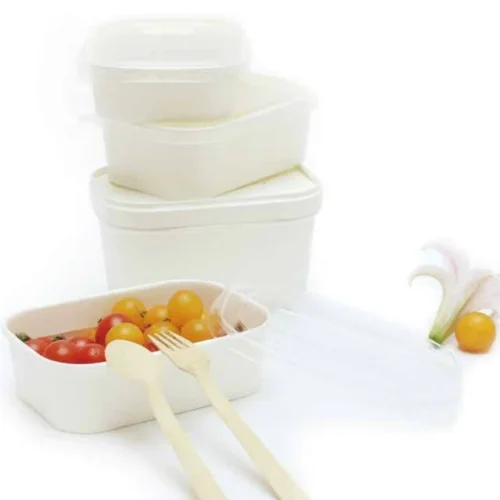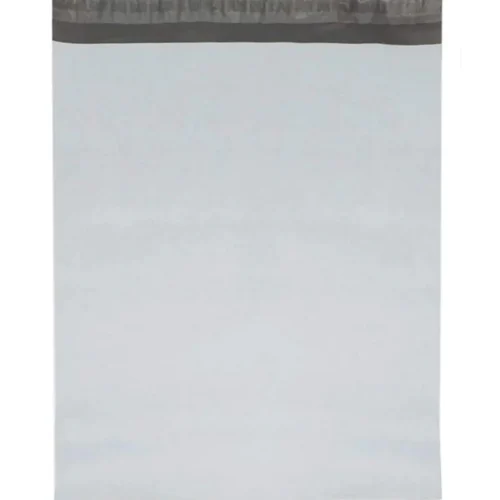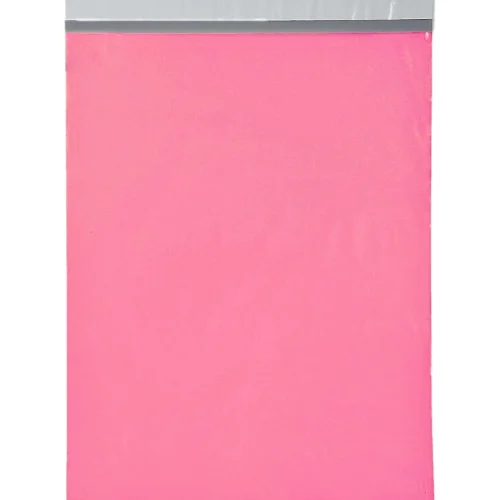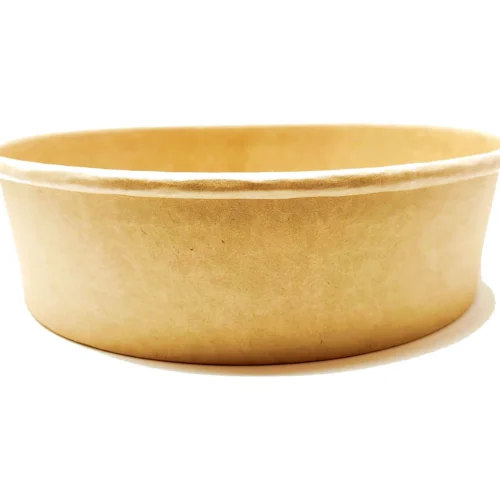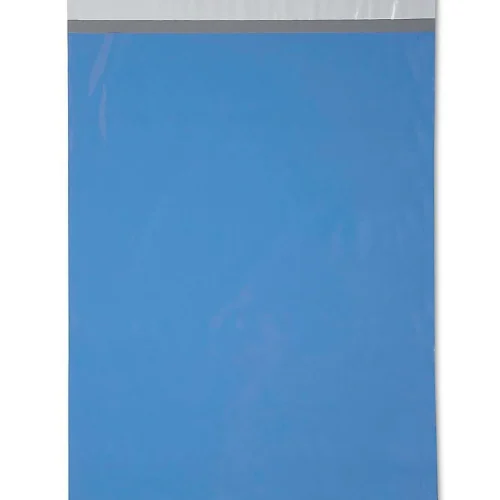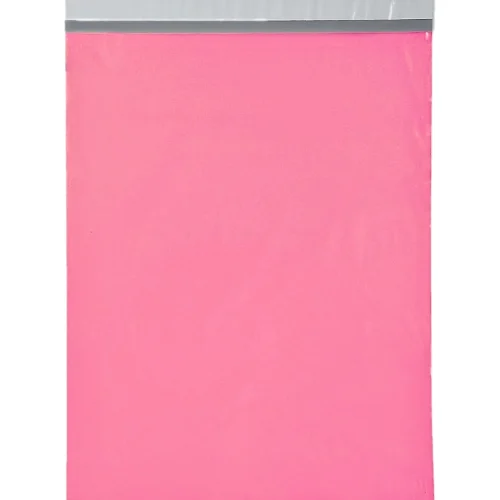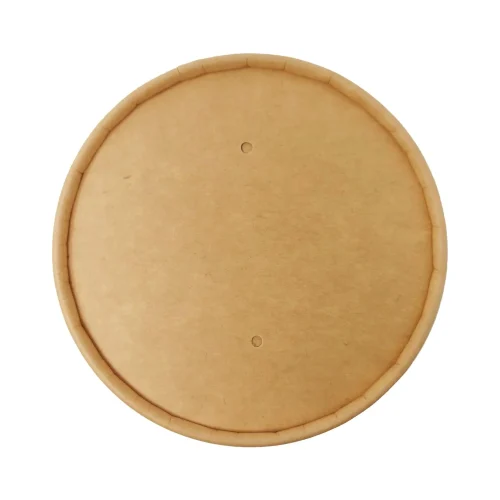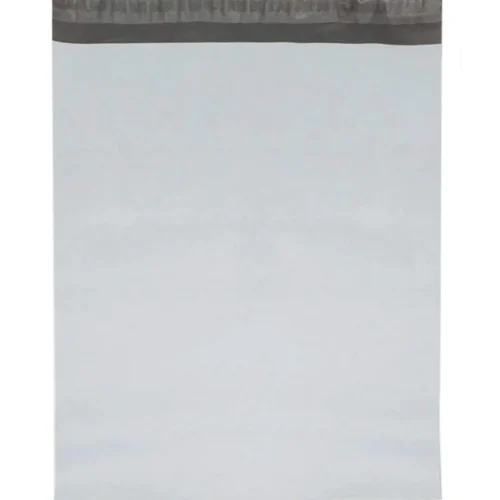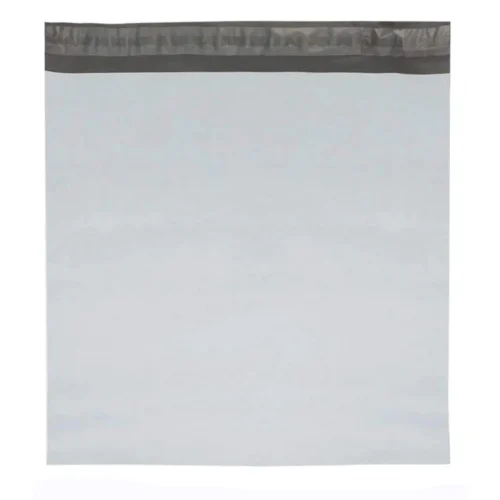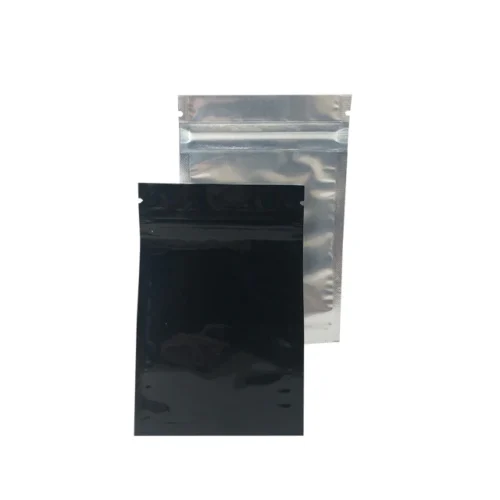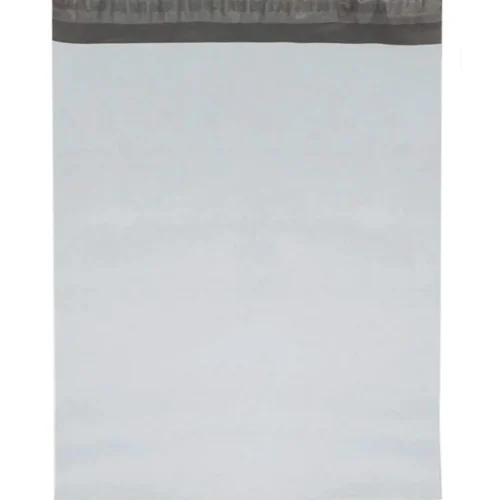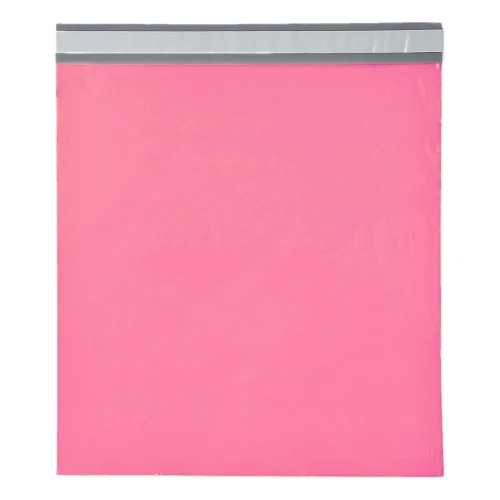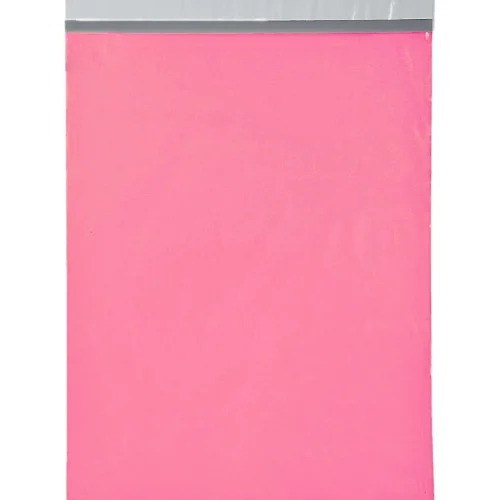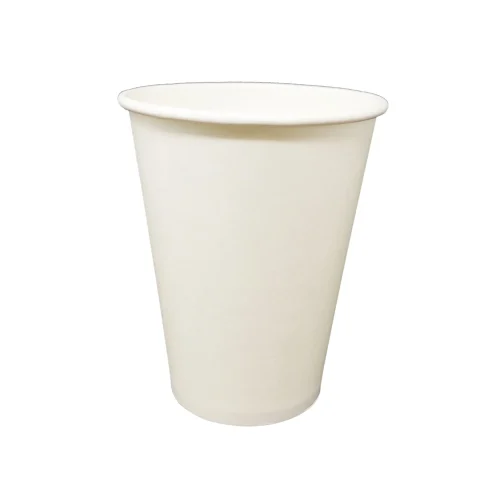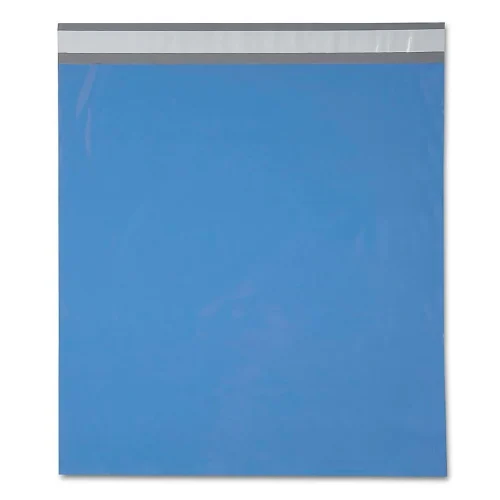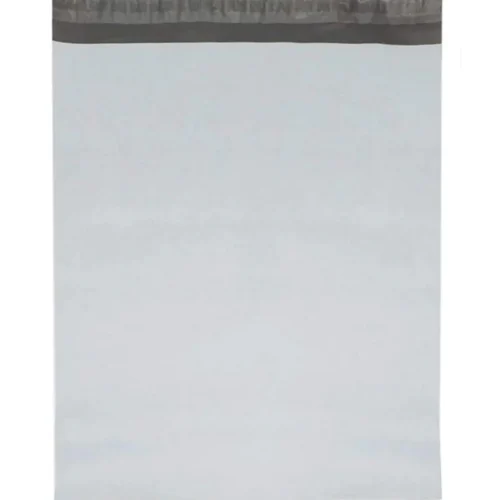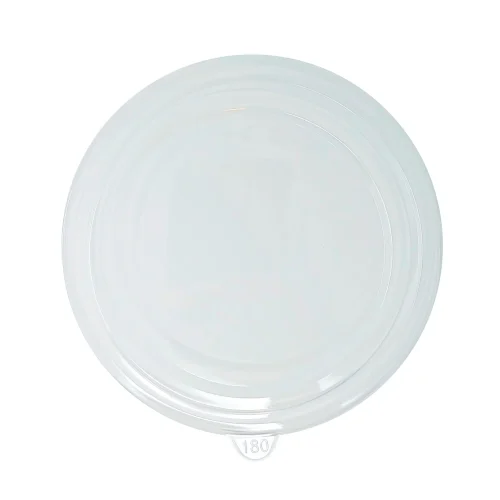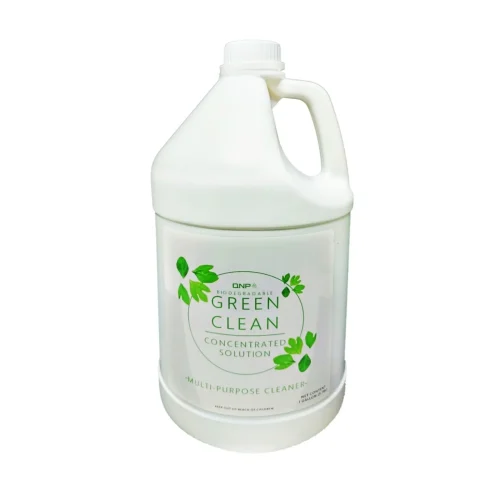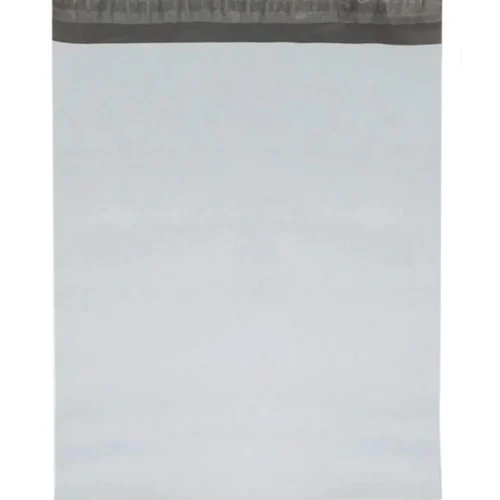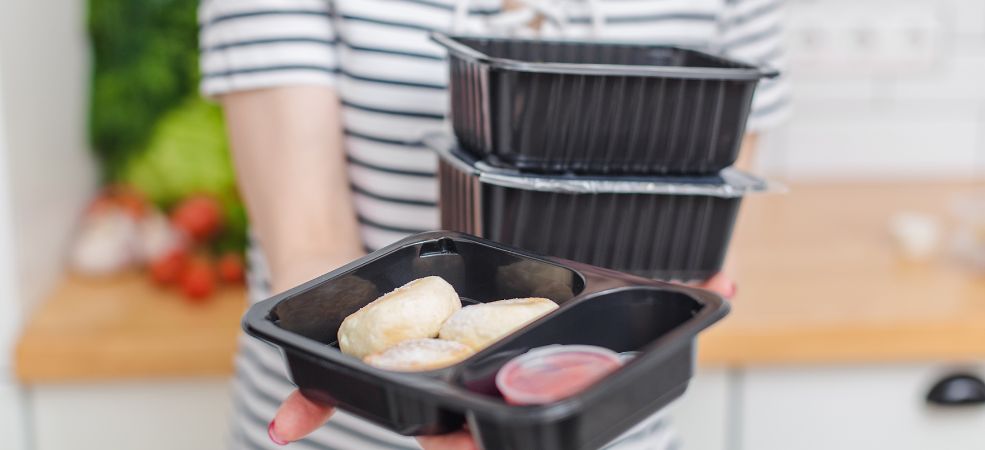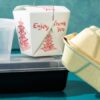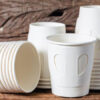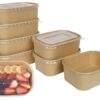Free Shipping when you spend over $150.00 Subscribe to our mailing list for exclusive promotions!
We're Open Mon to Fri: 9am - 5pm PST. Call: (604) 245-7234
Up to 50% OFF!
While supplies last.
available only:
420available only:
200available only:
130available only:
120available only:
42available only:
200available only:
143available only:
185available only:
176available only:
440available only:
218A Comprehensive Handbook to Choosing Plastic Takeout Containers For Your Food Business
Bulk Plastic Takeout Containers: What You Need To Know Before Buying Wholesale
Why are plastic takeout containers everywhere, yet so many people have concerns about them?
These convenient packaging solutions keep food fresh and make delivery easier, but they also raise questions about sustainability, safety, and waste.
The problem is clear—single-use plastics contribute to environmental pollution, and many takeout plastic containers are not as recyclable as they seem.
Some contain chemicals that spark health concerns, while others end up in landfills despite efforts to reuse them. This is why finding a balance between convenience and responsibility has never been more important.
Solutions exist, but they are not always straightforward. Some brands offer eco-friendly alternatives while recycling programs attempt to reduce waste.
So, choosing the right container requires understanding materials, disposal methods, and long-term impact.
This guide covers everything you need to know about plastic takeout containers, their benefits, their drawbacks, and what other options might be best for you.
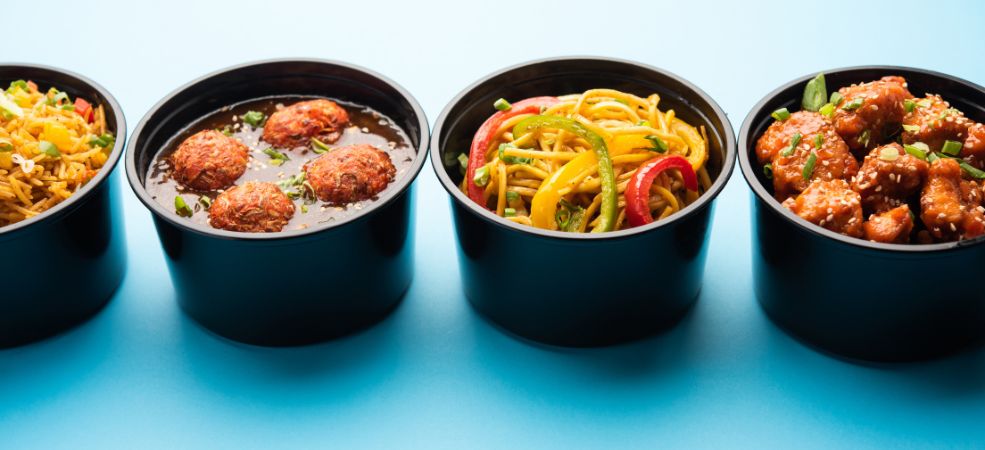
What Are Plastic Takeout Containers?
These are lightweight, durable, and convenient packaging options designed for transporting food from restaurants, cafes, and catering businesses.
You often see them holding hot meals, cold salads, soups, or desserts. Many restaurants rely on them because they help maintain food freshness and prevent leaks.
Types of Plastics Used in Takeout Plastic Containers
The material used in takeout plastic containers affects durability, heat resistance, and recyclability. Different plastics serve different purposes, some for hot foods and others for cold items.
1. PET (Polyethylene Terephthalate)
PET plastic is commonly used for clear containers, food cups, and beverage bottles.
This material is lightweight and resistant to impact, making it a popular choice for packaging cold foods, salads, and drinks.
Many PET containers are recyclable, making them one of the more environmentally friendly plastic options.
2. PP (Polypropylene)
PP plastic is often used for microwavable deli cups, meal prep containers, and ramekins. This material can withstand high temperatures without warping, so it’s ideal for reheating food.
Its durability and resistance to grease make it a go-to option for many food businesses.
3. PS (Polystyrene)
PS plastic, including both rigid and foam versions, is commonly found in disposable cups and other food packaging.
Foam containers are lightweight and provide insulation to keep food warm, but they are less environmentally friendly than other options.
Rigid polystyrene containers can be used for condiment cups and sauce cups because they are inexpensive and easy to manufacture.
4. PLA (Polylactic Acid)
PLA is a biodegradable plastic made from cornstarch or sugarcane.
You may find it in eco-friendly food service supplies that look and feel like traditional plastic but break down more easily in industrial composting facilities.
This type of plastic is mostly used for cold foods, as it has a lower heat resistance.
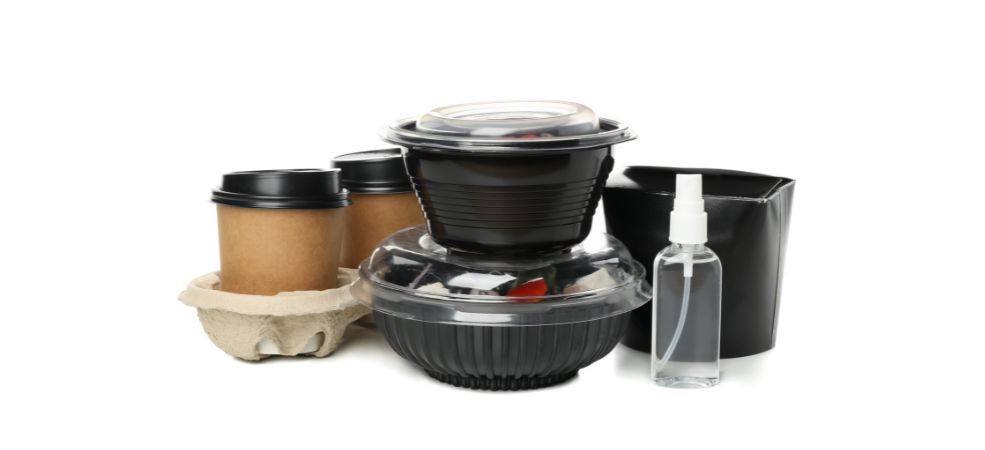
Benefits of Plastic Takeout Containers
Takeout plastic containers offer practical advantages that make food packaging and transportation easier.
1. Keeps Food Fresh and Secure
Leakproof lids and sturdy designs help prevent spills while maintaining food quality.
Many containers have tight-sealing lids to lock in moisture and prevent contamination.
So, whether you are carrying soup, pasta, or salad, the right packaging keeps your meal intact.
2. Lightweight and Easy to Transport
Food businesses rely on restaurant supplies that are easy to stack, store, and transport.
Unlike glass or metal, plastic containers are lightweight, reducing the risk of breakage and making delivery more convenient. This helps businesses serve more customers efficiently.
3. Microwave-Safe and Reusable Options
Many takeout plastic containers made from PP plastic are safe for reheating in the microwave.
Some containers are durable enough to be washed and reused multiple times, reducing waste.
Concerns About Plastic Takeout Containers
Although takeout plastic containers offer many benefits, they come with concerns that you should consider.
1. Environmental Impact
Many disposable plastic takeout containers contribute to waste, especially when they are not recyclable.
Foam containers and some rigid plastics take years to break down in landfills. While recycling programs help reduce waste, not all plastic containers end up being properly processed.
2. Chemical Exposure
Certain plastics may contain chemicals that can leach into food, especially when heated.
PS plastics, often used for sauce cups and foam containers, have been a concern due to potential health risks. Choosing safer plastics like PP or PE helps minimize these risks.
3. Limited Recycling Options
Although PE and PP plastics are widely recyclable, other plastics used in food service supplies may not be accepted in all recycling facilities.
Some containers need to be cleaned before recycling, but many end up in the trash due to food residue.
If you’re looking for sustainable packaging options, you should consider alternative materials like compostable plastics or reusable containers.

Factors to Consider When Choosing Plastic Takeout Containers
Choosing the right plastic takeout containers ensures that food remains fresh, secure, and presentable.
Not all containers offer the same quality, so paying attention to key factors helps you avoid issues such as leaks, cracks, and poor insulation.
1. Material Quality and Durability
Strong and reliable materials prevent breakage, leaks, and warping. Thin plastic may not hold up well, especially with hot or greasy foods.
Sturdy takeout plastic containers made from polypropylene or PET plastic handle different temperatures and provide better protection.
If you serve hot meals, containers with heat resistance prevent softening or bending. Cold dishes, such as salads or desserts, stay fresh longer when stored in rigid containers.
2. Size and Capacity
Food portions vary, so selecting the right size avoids waste or overflow. Large meals need deep containers, while small portions require compact designs.
A too-big container leaves extra space, making food shift around during transport. One that is too small causes spillage and makes sealing difficult.
Do you need kraft paper portion cups with lids, 1 oz paper portion cups, or 2 oz paper portion cups? We have these and more in our online shop.
3. Lid Securement and Leak Prevention
A secure lid keeps food inside without leaking or spilling. Poorly fitted lids create gaps that allow sauces and liquids to escape.
Portion cup lids designed for dips and dressings prevent messy leaks. Snap-on or hinged lids provide a tighter seal than loose-fitting options.
4. Microwave and Freezer Compatibility
Containers that handle both hot and cold conditions add convenience. Some plastics melt or warp in the microwave, making them unsafe for reheating.
Freezer-friendly containers prevent cracking and keep food fresh for longer periods. If you provide pre-packaged meals, checking for microwave-safe and freezer-safe labels ensures that customers can store and reheat food safely.
5. Stackability and Storage Convenience
Stackable containers save space in storage areas and during transport. Containers that don’t fit well together create clutter and make stacking unstable.
A well-designed shape ensures they stay in place without tipping over. Whether you run a small food stall or a large restaurant, proper stacking reduces storage issues.
6. Eco-friendliness and Sustainability
Many customers prefer eco-friendly packaging, so choosing recyclable or biodegradable options makes a difference.
Some plastic takeout containers use recycled materials, reducing environmental impact.
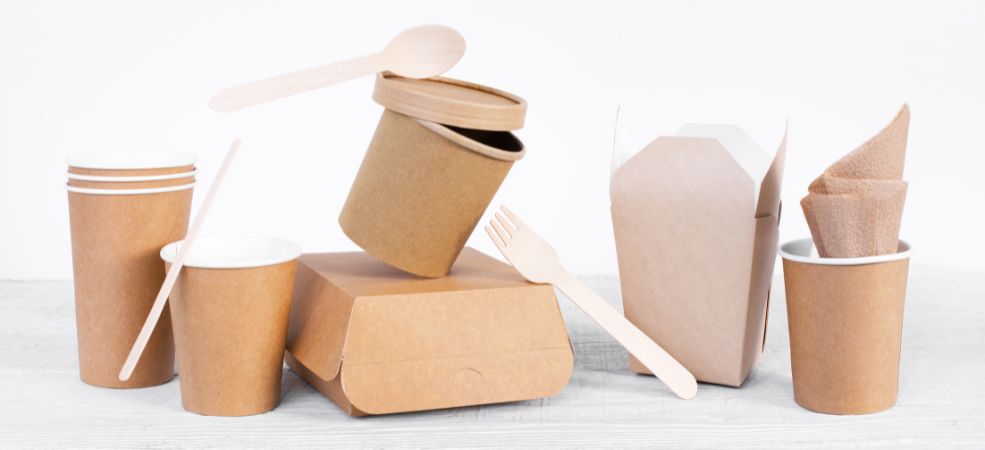
Popular Plastic Alternatives
Here are some alternatives you can choose if you need takeout containers that are better for the environment without compromising convenience:
1. Paper Food Containers
A paper food container is a reliable choice when packaging everything from salads to soups. These containers come in different sizes and have a sturdy design that holds up well against liquids.
You can check out our shop for kraft paper portion cups with lids, 1 oz paper portion cups, or even 2 oz paper portion cups.
Many of them feature a lining that helps prevent leaks, keeping food fresh without soaking through the material.
Unlike most plastic takeout containers, a paper food container is made from renewable resources and breaks down faster, reducing waste in landfills.
Some options are even made with recycled paper, offering an additional layer of sustainability.
2. Compostable Plates and Bowls
Single-use plates and bowls don’t have to contribute to plastic waste. Compostable plates are a practical swap for disposable plastic versions. They give you an eco-friendly option for serving meals.
These plates are made up of sugarcane fiber or bamboo. They hold up well under heat and don’t become soggy with saucy dishes.
3. Reusable Containers
While disposable options remain popular, reusable containers provide a long-term solution to cut down on waste.
Glass and stainless steel containers serve as practical replacements for takeout plastic containers in restaurants and home kitchens.
Restaurants offering meal prep services or family-style takeout often use reusable containers to improve food presentation and storage.
Glass containers, in particular, provide a clear view of the food inside, making them an excellent choice for displaying fresh ingredients.
Unlike plastic takeout containers, glass and stainless steel options do not absorb odors or stains, so your food remains fresh for longer.
4. Biodegradable Takeout Containers
Biodegradable options offer a functional alternative for meals that require sturdy packaging.
These boxes are typically made from plant-based materials like cornstarch, wheat straw, or bagasse.
Their durability makes them suitable for holding everything from dry foods to saucy dishes without leaking or falling apart.
5. Edible Containers
These containers have gained popularity in recent years. They are made from natural ingredients like seaweed or rice, providing a unique way to serve food.
Edible alternatives leave no waste behind. Customers can enjoy their food and eat the packaging, reducing the need for disposal.
While these containers are not as widely available as other alternatives, they offer an innovative approach to sustainability in food packaging.

Where to Buy Takeout Containers in Canada?
QNP Supplies is a trusted supplier in Canada. We offer a wide selection of containers to keep food fresh and secure during storage and transport.
You can find high-quality packaging solutions that meet your needs, whether you run a restaurant, catering service, or food delivery business.
Why Choose Us for Your Takeout Containers?
1. Secure and Leak-Resistant Containers
Leakage is a major concern in food delivery. As a result, our containers come with tightly sealed lids that prevent spills, keeping sauces and soups contained during transport.
Their well-designed lids ensure a secure fit, preventing messes that could ruin the customer experience.
2. Portion Control
QNP Supplies offer portion cup sizes (e.g., 2 oz portion cups, 4 oz portion cups, and 5.5 oz portion cups.)
These smaller containers are perfect for sauces, condiments, dressings, and sides, helping businesses provide the right amount of extras without unnecessary waste.
3. Bulk Purchasing
Buying takeout containers in bulk reduces costs and ensures a steady supply of packaging materials.
QNP Supplies pricing on many plastic takeout containers makes it easier for businesses to manage inventory while staying within budget.
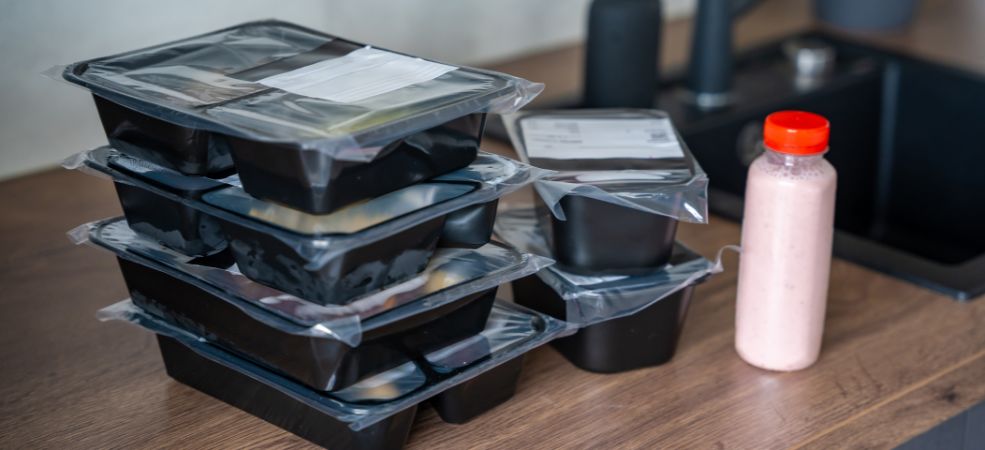
Choosing Plastic Takeout Containers For Your Food Business
Plastic takeout containers keep your meals fresh, prevent leaks, and make transporting food easier.
They offer a reliable way to store leftovers or pack lunches without worrying about spills.
Your takeout plastic containers should be durable, lightweight, and suitable for different types of food.
A flimsy container can lead to messes, wasted food, and frustration. So, you can choose from kraft paper portion cups with lids, 1 oz paper portion cups, 2 oz paper portion cups, or any other option available.
QNP Supplies has a selection of plastic takeout containers for personal and business use. Check out our shop to find containers that meet your needs.
Recent Posts
- From Waste to Soil: How Compostable Takeout Containers Help Food Businesses Stay Sustainable
- Quality Meal Prep Containers for Your Food Business: Durable, Stackable, and Ready for Volume
- Compostable Hinged Containers: Stackable, Snap-Lock, and Seriously Sustainable
- Carryout Containers: What Today’s Restaurants Need for Fresh, Fast, Waste-Free Service
- Takeaway Food Containers That Match Your Menu: Practical, Durable, and Cost-Effective

